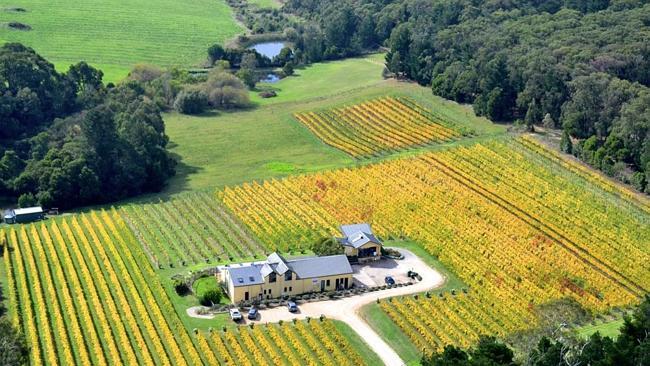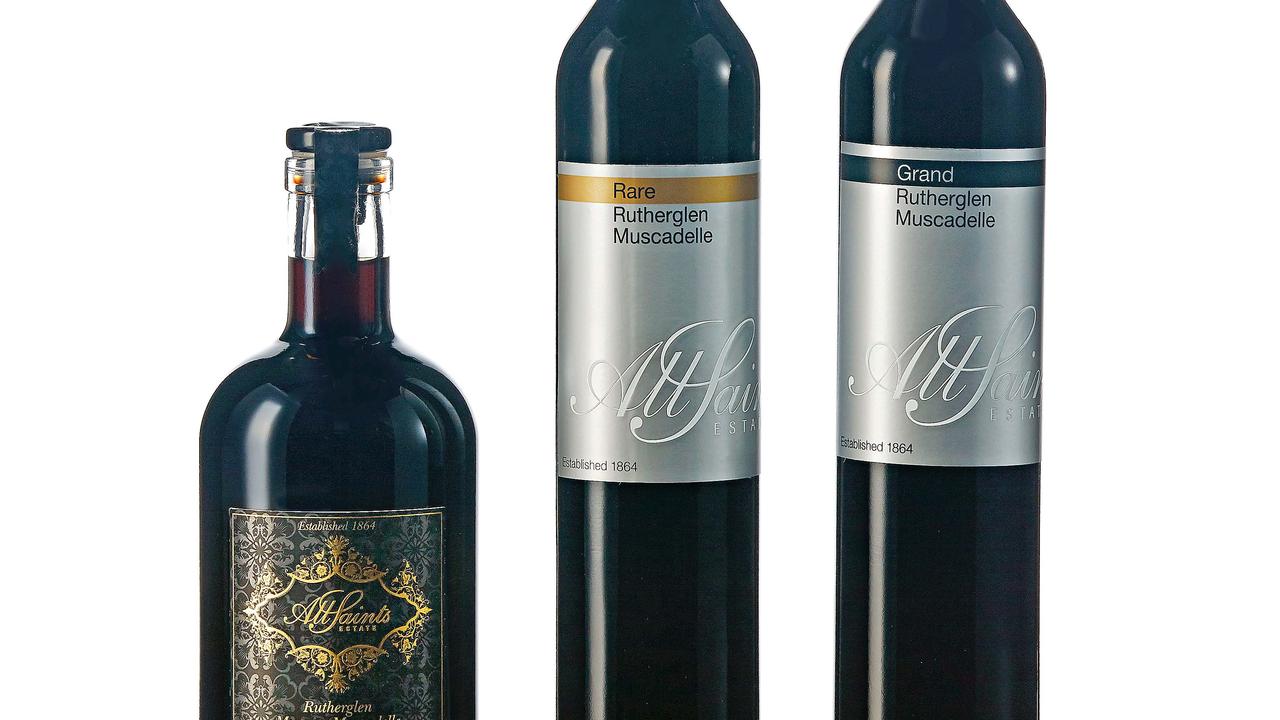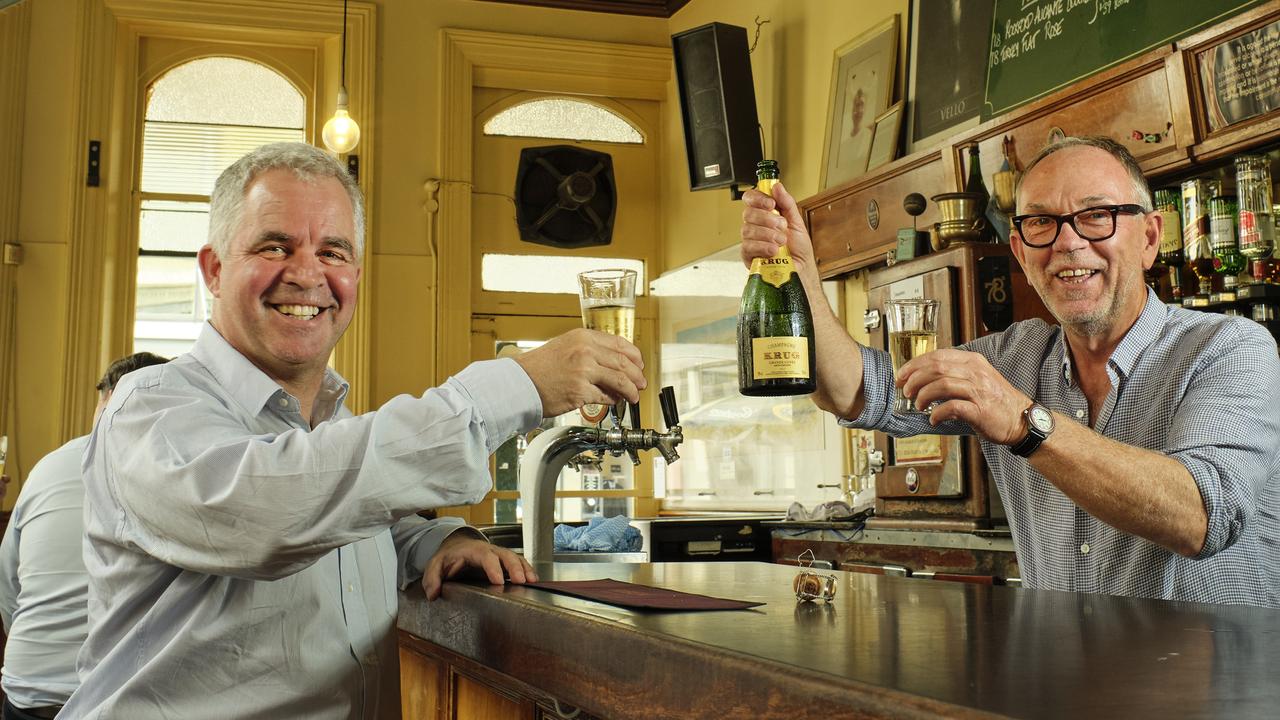Eldridge Estate pinot noir proves the power of terroir
A Mornington Peninsula winemaker has produced two prime examples of the power of terroir.

Winemaker David Lloyd hands me a glass of bright red pinot noir. I taste it: ethereal, pretty, perfumed, silky. We’re standing in his winery at Red Hill on Victoria’s Mornington Peninsula. The building is in the middle of his vineyard, Eldridge Estate, draped across a gentle slope.
Lloyd eases the bung from another barrel, squirts a sample of pinot into another glass and passes it to me. It looks almost the same, a shade darker perhaps. It smells similar, too — pretty, fragrant, red-fruity — but on the tongue it’s different: more weight, more grip, more persistence.
Both wines were grown on the same slope, just outside the room we’re standing in.
The first pinot I taste comes from the vines on the uphill, southerly section of the small vineyard, closer to the winery; the second comes from the downhill bit a little further away to the north.
If you go to the winery’s website or look it up on Google satellite — or indeed stand on the balcony of the cellar door and gaze out over the property — you can see this downhill patch clearly: a rectangle of vine rows, nestled in the corner, just a stone’s throw from the rest.
Same vines — same clones, farmed the same way, made the same way — but the wines are indisputably different; a vivid demonstration of the reality of terroir. And so, since 2012, they have been bottled separately.
It’s fashionable in academic wine circles to pooh-pooh terroir because — argue the scientists — although it can be tasted, it is hard to measure.
Indeed, just a couple of months ago a professor of viticulture at the University of California published a book unambiguously titled Terroir and Other Myths of Winegrowing.
But David Lloyd, who spent many years in science education before moving to full-time winegrowing, isn’t one of the nay-sayers. As well as bottling this demonstration of pinot noir terroir so that wine drinkers can taste it for themselves, he has also meticulously quantified the differences between the two sections of the vineyard — the grapes grown in the slightly heavier ground of the northern section have measurably higher levels of tannin, for example, which accounts for the extra weight and grip on the tongue. He will be presenting his findings at an upcoming symposium on cool climate wine.
The 2012 vintage of the North and South pinot noirs are available from the winery as a twin pack for $150. The 2014 vintage of the North and South pinots come as part of a sixpack ($387, including free delivery) that also includes the 2014 Clonal Blend Pinot Noir, the 2014 Gamay, the 2014 MV6 Pinot Noir and the 2014 Eldridge Clone 1, the first release of a pinot produced from a special Burgundian clone of the grape that tastes dramatically different from all the other wines: wilder, more undergrowthy, more seductive.
If you’re a pinot nut — and I know there are a lot of you out there — this sixpack would make a perfect indulgent birthday present to yourself.
eldridge-estate.com.au


